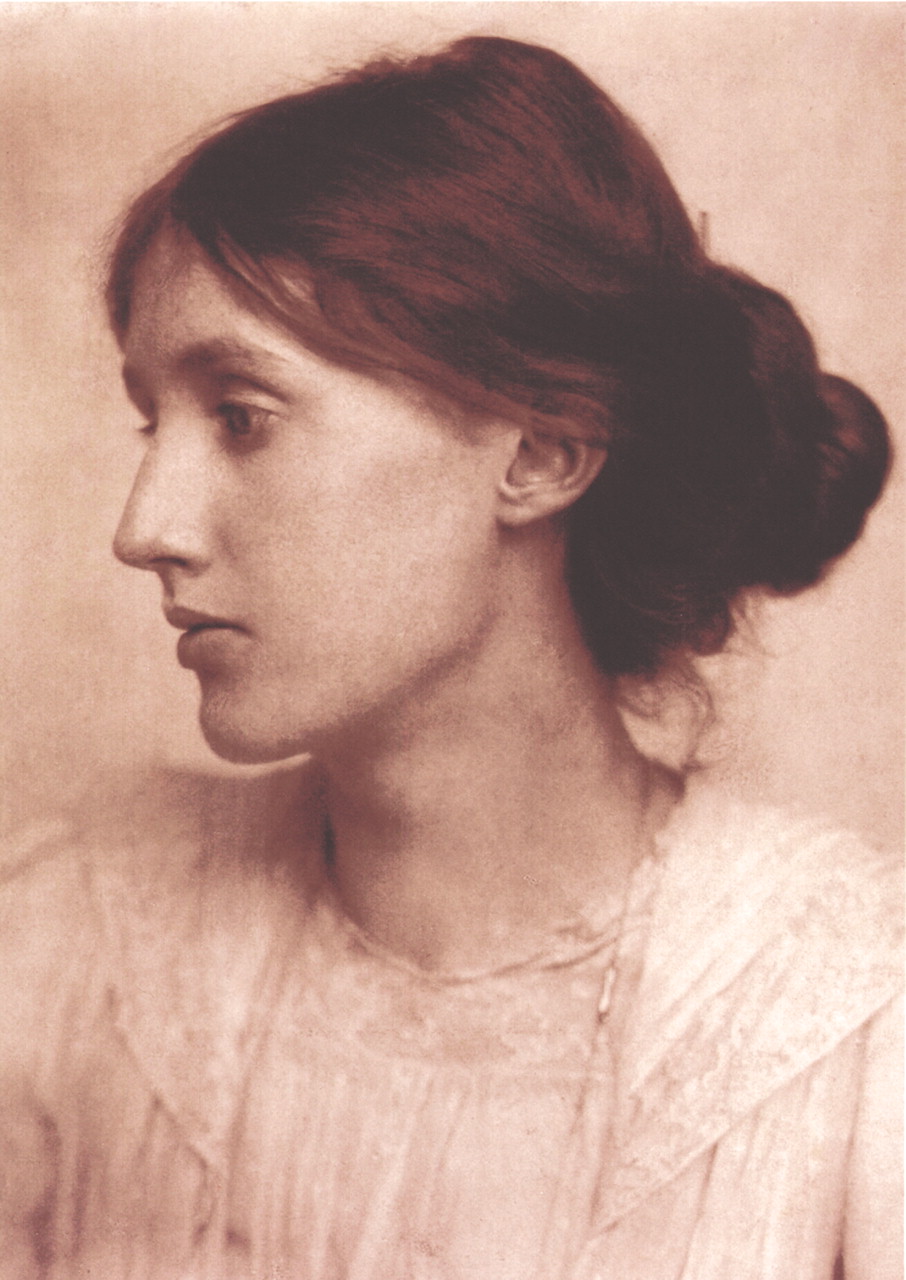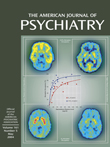Virginia Woolf was one of the 20th century’s most significant writers, one whose modernist innovations expanded the boundaries of the novel. The author of
Mrs. Dalloway, To the Lighthouse, The Waves, and
A Room of One’s Own, among many books, she was also a book reviewer and essayist, contributing regularly to
The Times Literary Supplement and
Cornhill. With her husband, Leonard Woolf, she founded the Hogarth Press, which introduced important new works of literature and published the 24-volume edition of Freud’s writings in English translation.
From the age of 13, Woolf had symptoms that today would be diagnosed as bipolar disorder; she experienced mood swings from severe depression to manic excitement and episodes of psychosis. In her own time, however, psychiatry had little to offer her, and at the age of 59, she committed suicide, walking into the River Ouse with stones in her pockets.
For all that has been written about Virginia Woolf, the most vivid portrait of her is the one she wrote herself, in diaries and letters over the course of a lifetime. Their pages shimmer with wit and humor, as well as reflect her darker moods; they suggest the richness and depth of her lifelong friendships. They document not only the extremes of feeling that ravaged her at times but also—quietly, movingly—her capacity to savor the ordinary rhythms of life: “We sit over the fire waiting for the post—the cream of the day, I think,” she wrote on a January day in Sussex. “Yet every part of the day here has its merits.…We tend our fire, cook coffee, read, I find, luxuriously, peacefully, at length”
(1, vol. 2, p. 3). And her diaries and letters, too, document Woolf’s complex response to the illness that haunted her. After a period when she was paralyzed by depression, withdrawn from human contact, when the horror and terror of her experience made her long for death, she reflected, “But it is always a question whether I wish to avoid these glooms.…These 9 weeks give one a plunge into deep waters.…One goes down into the well & nothing protects one from the assault of truth”
(1, vol. 3, p. 112).
From her adolescence onward, Woolf recognized that writing was an absolute necessity for her. “The only way I keep afloat,” she observed, “is by working.…Directly I stop working I feel that I am sinking down, down. And as usual, I feel that if I sink further I shall reach the truth”
(1, vol. 3, p. 235). The metaphor registers with chilling force because, ultimately, this is the way Woolf would seek her death. To sink underwater was her metaphor for succumbing to depression and psychosis—and also for discovering sea pearls of truth.
At times Woolf railed against her illness, felt frustrated and impeded by it, and at other times, she felt that it was essential to her. In diaries and letters, she returned to the question repeatedly without reaching a resolution: was her illness a terrible obstacle to her art, or was it the necessary condition for it?


